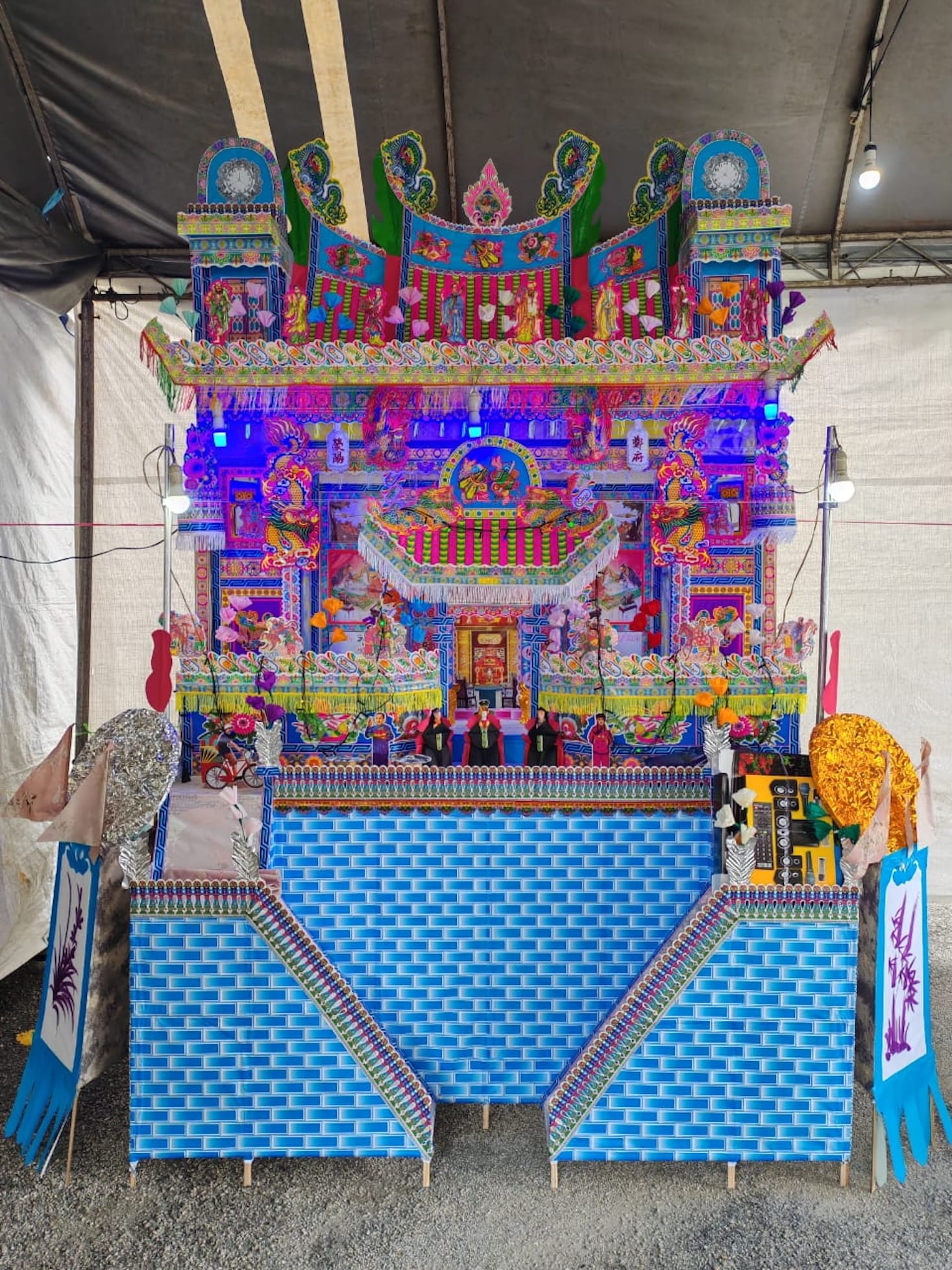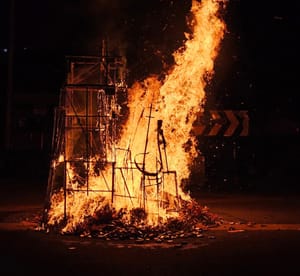WHEN PEOPLE DIE, they take nothing with them to the afterlife. Or do they? In the Chinese Taoist and Buddhist beliefs, the deceased do.
In their underworld guarded by the King of Hell, the dead can be lavished with material possessions, like a house, money, gold ingots, cars, servants and luxury goods. It’s so they may be comfortable and wealthy enough to overcome the 10 Courts of Judgement, also known as the 10 Courts of Hell, before being reincarnated into a higher form of being and admitted into the Western Paradise.
Hence, the burning of paper offerings at Chinese funerals and death milestones at 49 days (this is when they supposedly pass the seventh court), 100 days (the eighth court), one year and three years (the 10th court)—to “transfer” money and other symbolic goods from the living to the dead. The belief here is that the spirit world mirrors the human world in its appetites, customs and needs.

A mix of Confucianism (filial piety, ancestral veneration), Buddhism (reincarnation, sutra chanting), Taoism (harmony with the Dao universal force) and tribal folk religion (animism, worship of household and temple deities) is the overarching brand of “Chinese religion” practised by the Chinese diaspora in Malaysia and Singapore.







